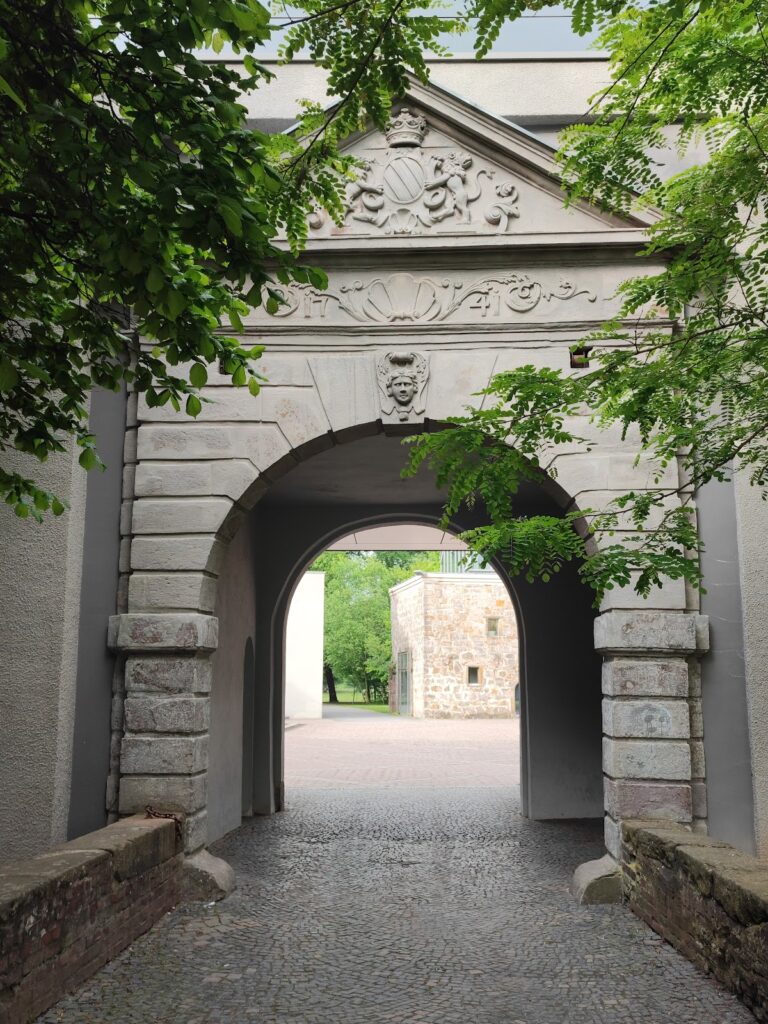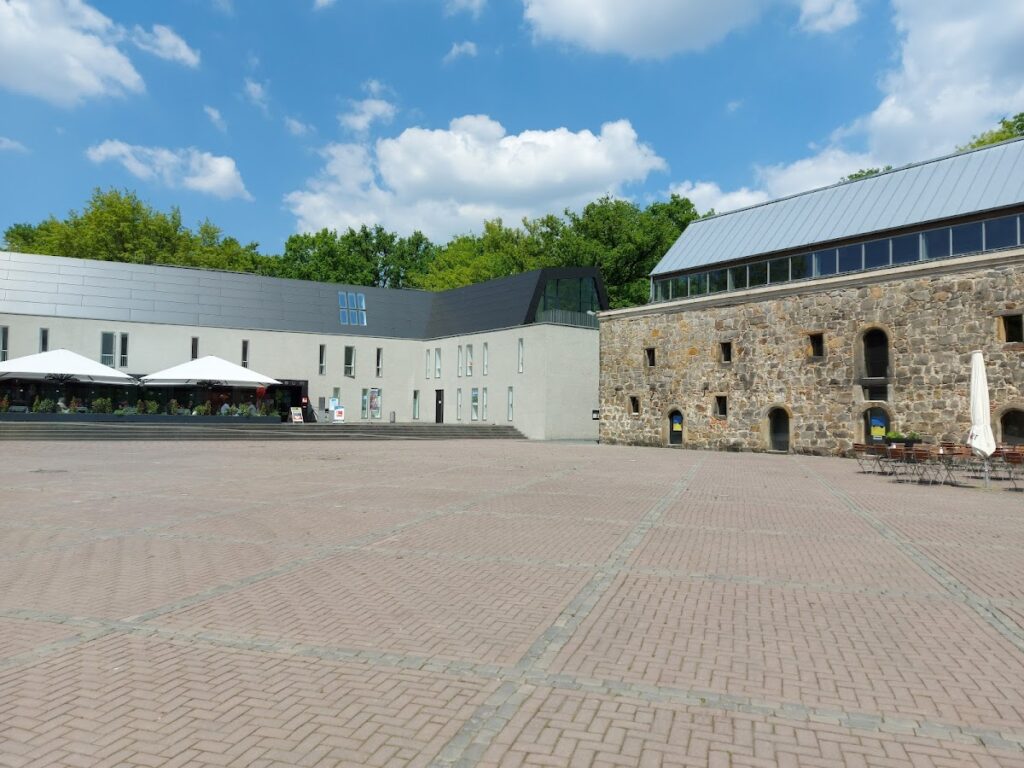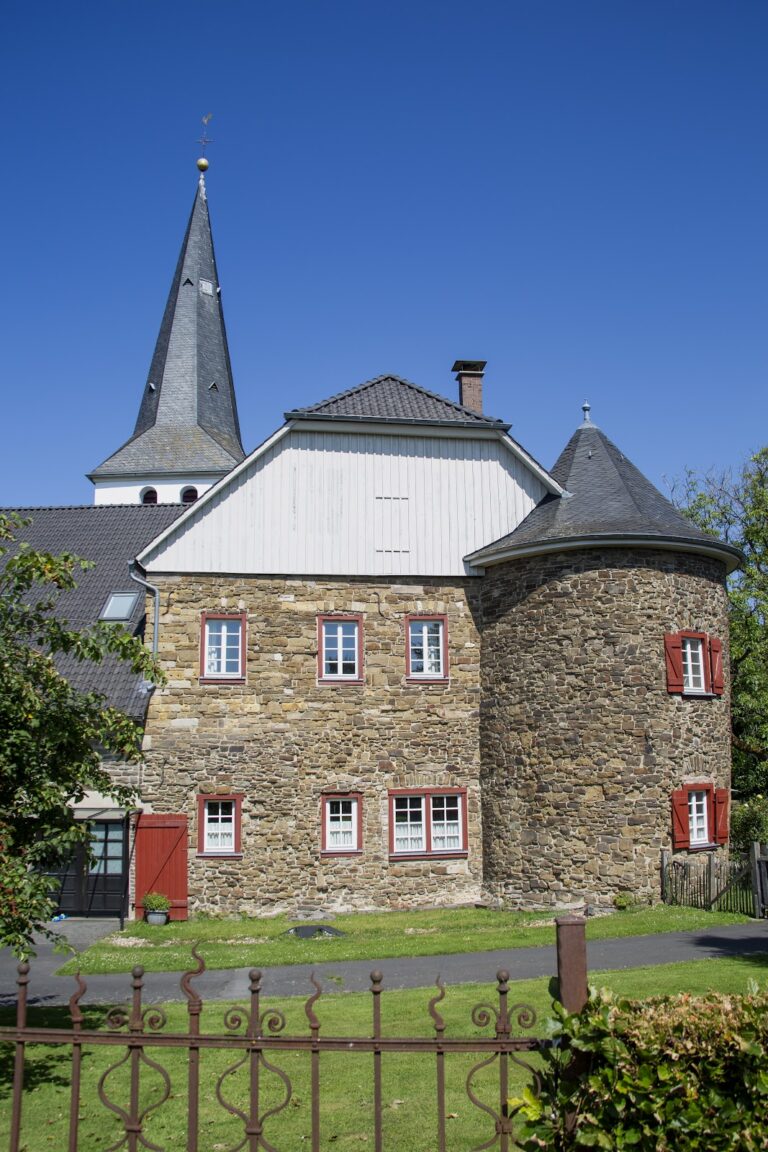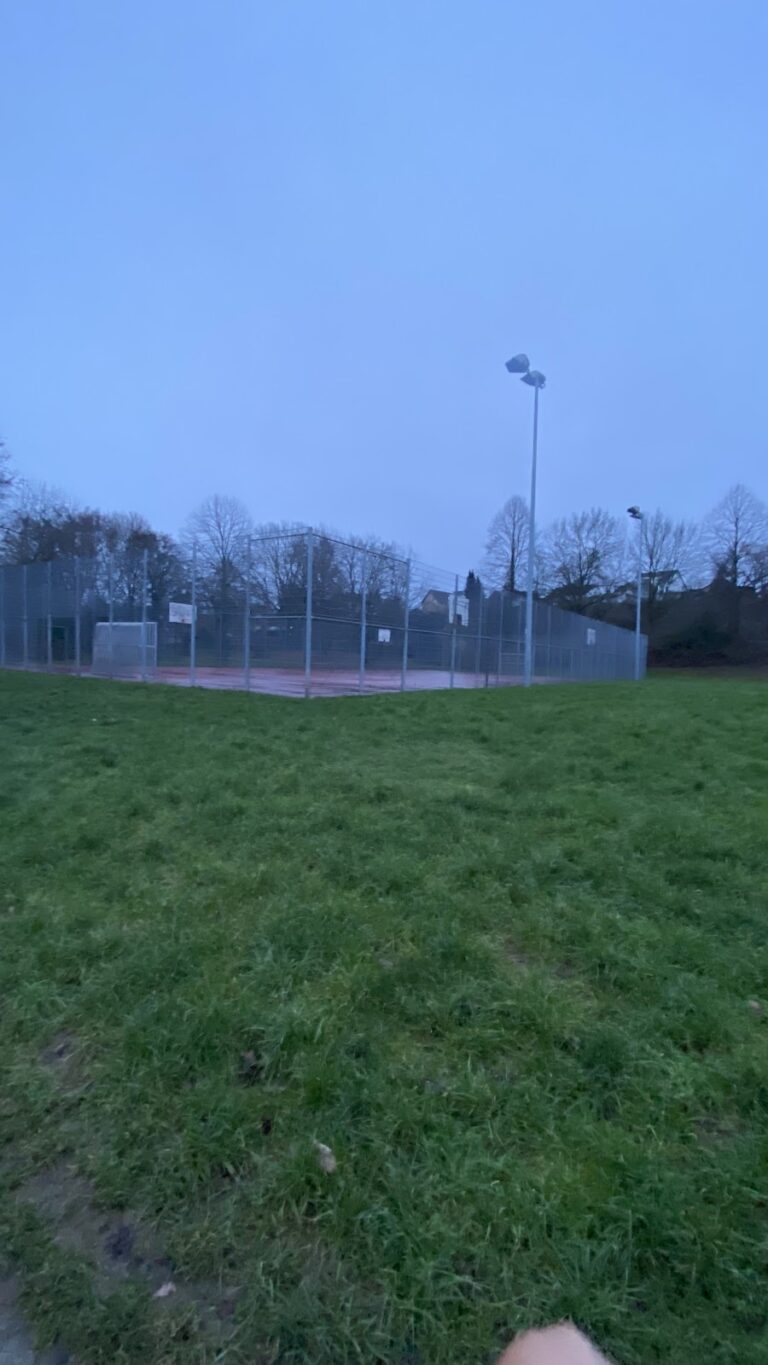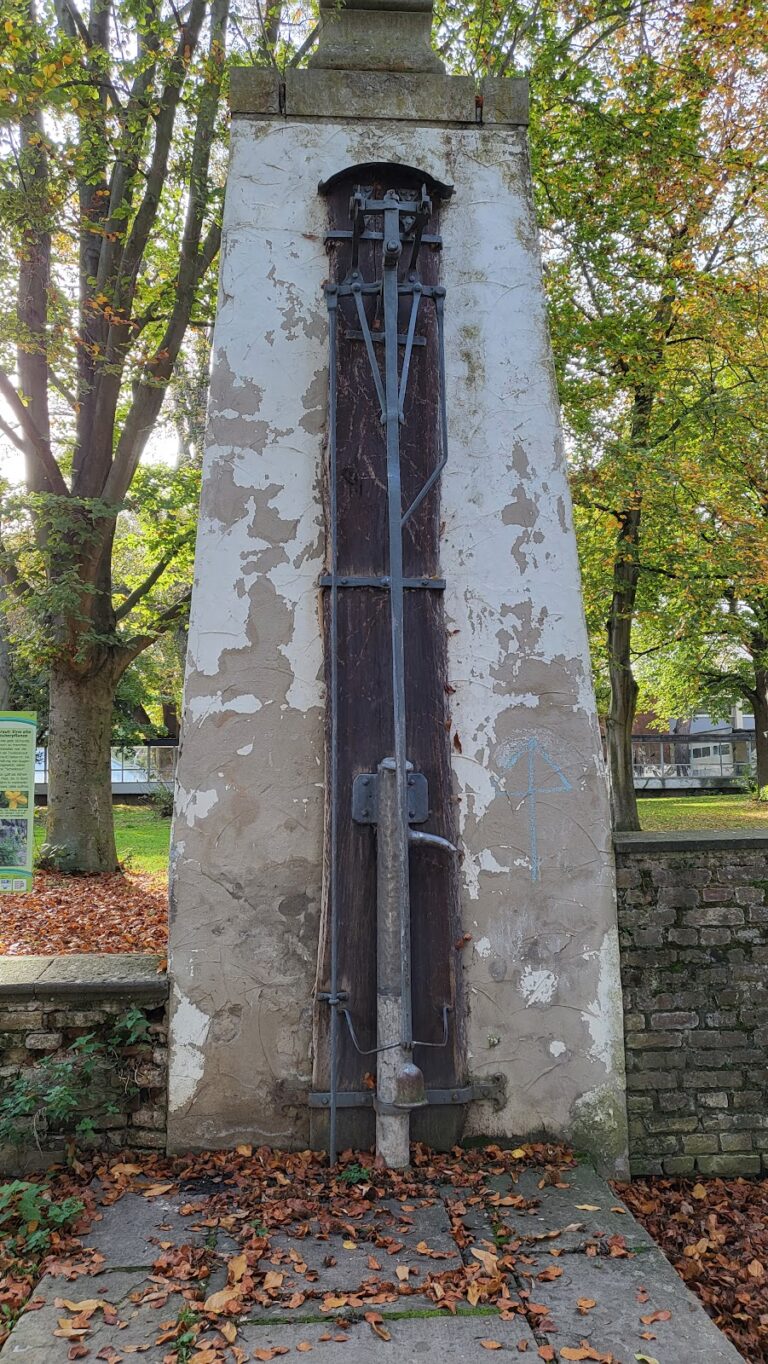Burg Wissem: A Historic Water Castle and Cultural Site in Troisdorf, Germany
Visitor Information
Google Rating: 4.5
Popularity: Medium
Google Maps: View on Google Maps
Official Website: www.troisdorf.de
Country: Germany
Civilization: Unclassified
Remains: Military
History
Burg Wissem is situated in the town of Troisdorf, Germany. It was originally established as a water castle estate during the Carolingian period, which places its origins in the early medieval era when the Carolingian Empire dominated large parts of Europe.
The earliest recorded owner of the castle, then known as “Wiesheim,” was Rembold von Plettenberg in 1435. Over the centuries, ownership transferred through several noble families, including the von Zweiffel, von Cortenbach, von Landsberg zu Olpe, von Hövel, and von Beust lineages. In 1833, the estate came into the possession of Freiherr Clemens von Loë. This long sequence of noble stewardship reflects the estate’s continued importance as a noble and parliamentary residence.
In 1939, the estate underwent a significant change in ownership when it was sold to the municipality of Troisdorf. Following the turmoil of World War II, Burg Wissem served as the town hall from 1945 until 1981, marking a shift from a private noble estate to a center of local governance. Beginning in 1982, the castle found a new cultural role, becoming home to Europe’s only museum dedicated exclusively to picture book art and youth book illustration. This museum features a diverse collection showcasing a century of artistic styles and developments in this specialized field.
Further developments have expanded the cultural offerings at the site. Between 2001 and 2002, the Geerte-Murmann reading room was introduced, and in 2002 a sensory experience field inspired by educator Hugo Kükelhaus was created in the adjoining park. Between 2010 and 2012, the estate benefited from the Regionale 2010 initiative, which added a local history museum, creative workshops, and a nature information center focused on the nearby Wahner Heide nature reserve. Throughout its history, Burg Wissem has been recognized and protected as a historic monument under heritage conservation laws, preserving its cultural legacy.
Remains
Burg Wissem presents as an elongated, rectangular complex with an open side facing west, indicative of its original layout as a water castle with a surrounding moat. Though much of the moat has disappeared, partial remains still hint at its defensive origins. The castle’s structure is characterized by two corner towers positioned diagonally across from each other, contributing to its fortified arrangement.
On the southern side, a two-story manor house stands, constructed in the classical style after 1840. Its smooth, plastered façades reflect architectural tastes of that period. This building underwent renovation in the mid-1950s, preserving its classical character. The eastern wing of the castle is made of rubble stone and dates back to around 1550. Known as the Remise, this elongated wing has been adapted for use as a space for exhibitions and concerts, linking its historical masonry with contemporary cultural functions.
The northern and western parts originally featured brick wings dating from the 18th century, which sustained damage during wartime. Reconstruction in 1962 replaced these sections, but care was taken to save the gabled stone portal from 1741. This portal was carefully integrated into a new gatehouse, maintaining a tangible connection to the castle’s 18th-century appearance. Between 2010 and 2012, renovation and new construction renewed the west wing, funded through the Regionale 2010 development program.
Surrounding the castle is a park containing a sensory experience field inspired by the ideas of Hugo Kükelhaus, featuring fourteen stations designed to engage and stimulate different senses. This innovative field blends natural surroundings and educational activities. Additionally, the west wing of the castle now serves as an entrance to the adjacent Wahner Heide nature reserve. This facility includes an exhibition area, lecture hall, and information point, linking the castle grounds with the region’s natural heritage.

